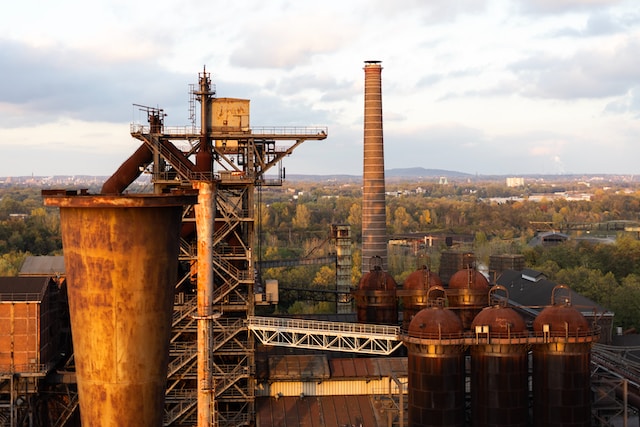Introduction: Japan’s industrial sector, renowned for its efficiency and innovation, experienced a notable slowdown in August, with industrial output declining. This article aims to delve into the factors contributing to this dip, providing a comprehensive understanding of the challenges faced by Japan’s industrial landscape. By analyzing the underlying causes and their implications, we shed light
Introduction:
Japan’s industrial sector, renowned for its efficiency and innovation, experienced a notable slowdown in August, with industrial output declining. This article aims to delve into the factors contributing to this dip, providing a comprehensive understanding of the challenges faced by Japan’s industrial landscape. By analyzing the underlying causes and their implications, we shed light on the broader economic context and potential pathways for recovery.
Assessing the Magnitude of the August Output Dip
– Presenting the latest data and statistics to illustrate the extent of Japan’s industrial output decline in August.
– Highlighting the specific sectors and industries that were most affected by the slowdown.
– Providing a comparative analysis with previous months to contextualize the significance of the dip and identify trends.
Global Economic Uncertainties and Trade Disruptions
– Examining the impact of external factors, including trade disputes, geopolitical tensions, and the economic slowdown in key global markets.
– Discussing how these uncertainties influence Japan’s industrial output, particularly in export-oriented sectors.
– Exploring the interplay between global events and their direct consequences on Japan’s manufacturing and production capabilities.
Domestic Challenges and Structural Issues
– Investigating internal factors that contributed to the August output dip, such as labor shortages, supply chain disruptions, and shifting consumer demand patterns.
– Discussing the consequences of Japan’s aging workforce and demographic challenges on the industrial sector.
– Examining the need for structural reforms and policy initiatives to address these domestic challenges and enhance competitiveness.
Impact on Employment and Economy
– Analyzing the broader implications of the industrial slowdown on employment rates and overall economic growth.
– Exploring the cascading effects on related sectors, such as retail, logistics, and services.
– Discussing the potential consequences for consumer confidence and domestic consumption patterns.
Pathways to Recovery and Future Outlook
– Examining the strategies and measures proposed by government officials, industry leaders, and experts to revive Japan’s industrial sector.
– Discussing initiatives aimed at boosting innovation, investment in research and development, and fostering collaboration between academia and industry.
– Highlighting the potential role of emerging technologies, digital transformation, and sustainable practices in driving future growth.
Conclusion:
Japan’s industrial sector faced a notable dip in output in August, influenced by a combination of external and internal factors. By understanding the magnitude and underlying causes of this slowdown, policymakers and industry stakeholders can develop targeted strategies for recovery. Addressing global economic uncertainties, tackling domestic challenges, and fostering innovation will be crucial in revitalizing Japan’s industrial landscape. As Japan moves forward, a resilient and adaptable approach, coupled with a focus on technological advancements, will be essential in positioning the country for sustained growth and maintaining its status as a global industrial leader.

















Leave a Comment
Your email address will not be published. Required fields are marked with *